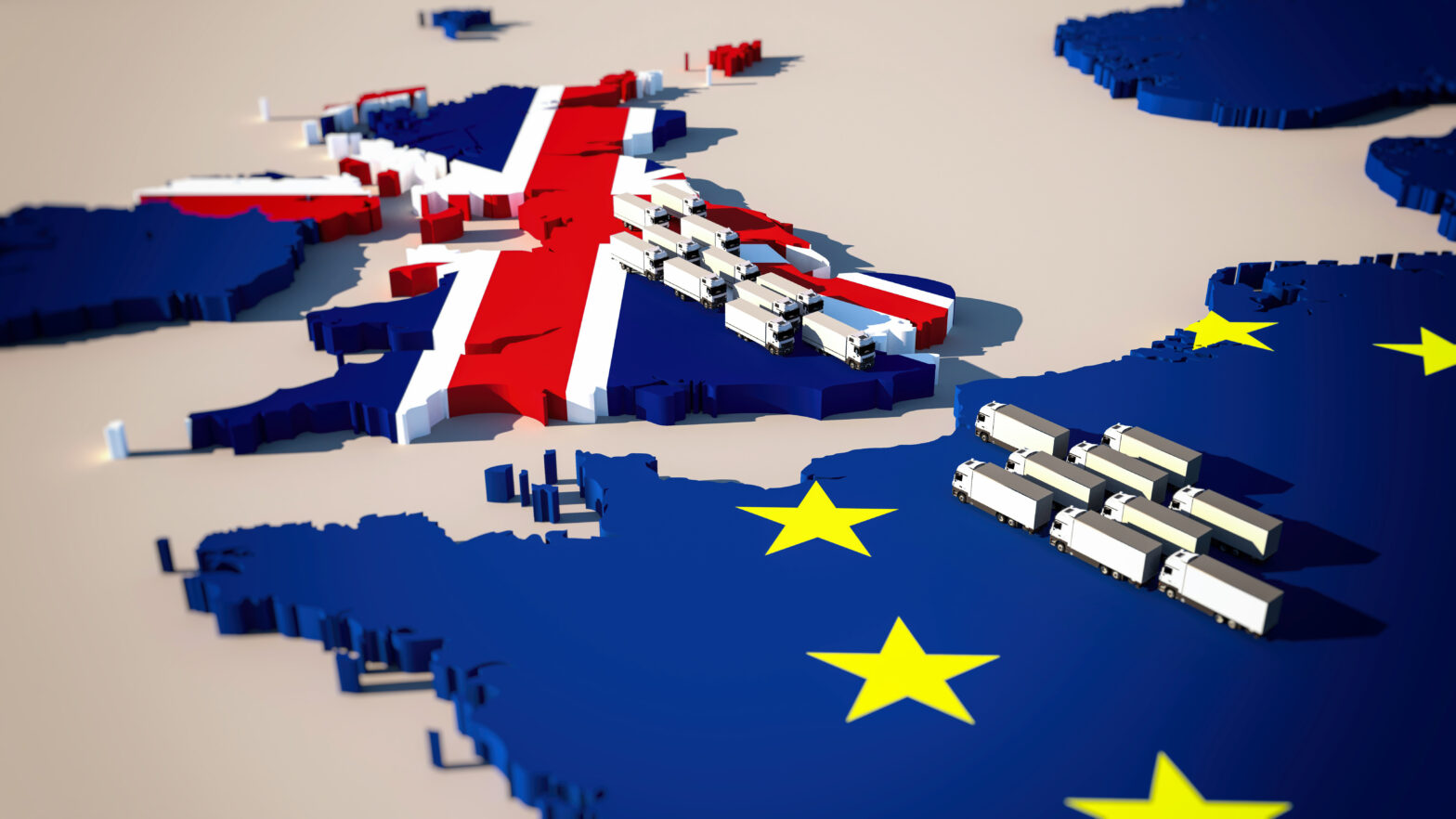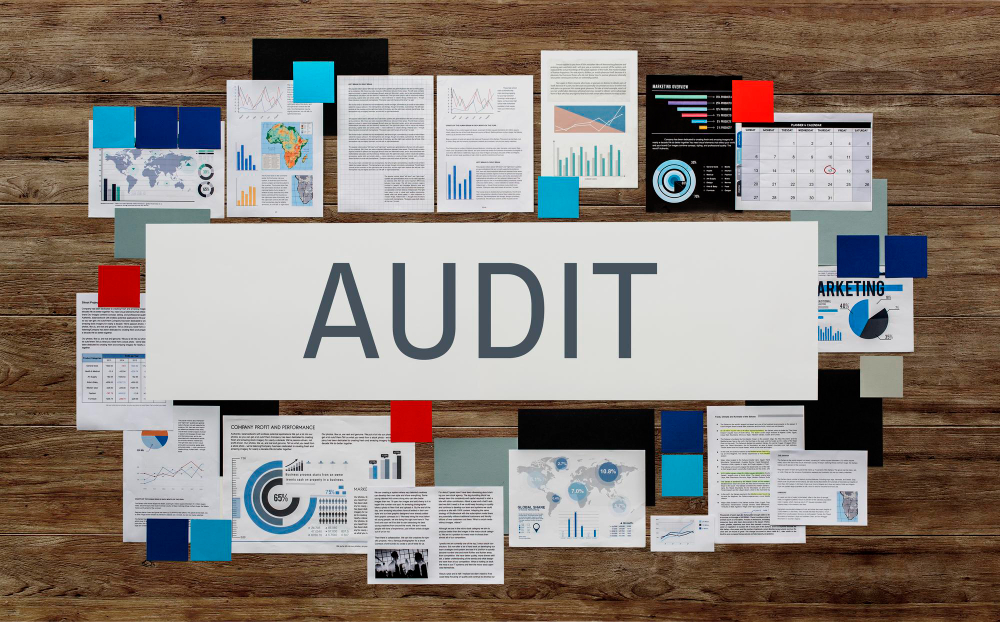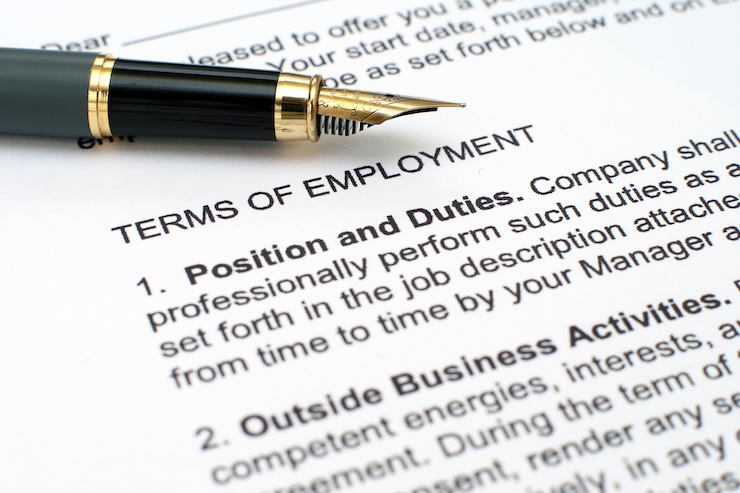For those considering expansion into EU markets or an up-scaling of production in existing foreign nations, the upcoming EU Four VAT “Quick Fixes” should be top of your to do list of things to address.
The Four VAT Quick Fixes came into force on the January 1 2020. They’re designed to provide short-term solutions to a number of problems that exist under the current rules for intra-EU transactions and are the first step in a series of reforms which will see moves towards greater harmonisation and streamlining of the EU’s VAT system.
>See also: 6 steps you need to take if you want to export successfully
And yet, despite their potential to be seismic, businesses across the board are not aware of them or the impact they will have. Crucially, they affect EU compliance issues – so if ignored or not properly adopted, the changes could end up costing businesses significantly.
The below guide will provide information on the key aspects of the EU Four VAT Quick Fixes. For more in depth and accounting specific advice, please see our recently published whitepaper on the EU VAT Four Quick Fixes.
>See also: 3 ways to improve your chances of success exporting overseas
#1 – Call-off stock
This Quick Fix relates to the movement of stock from one EU member state to a warehouse in another, where there is the intention to make a domestic sale. Usually, this scenario creates a “call-off stock” situation and the supplier is liable for VAT registration in the country in which the sale will take place.
This has long been a complicated setup, with different member states having different rules about simplifications. This Quick Fix creates a harmonised simplification that all EU member states will need to apply, as long as conditions are met. When it applies, the supplier will not have to register for VAT in the member state where the call off stock is held.
What this fix means
This a positive move in many ways, as it saves businesses the trouble of investigating and setting up different processes to manage member states’ varying requirements. It might also mean that VAT registrations in some nations are no longer necessary. However, the conditions that must be met for this fix to apply are numerous and could create further complications. Also, if any of the conditions cease to be met the fix no longer applies and businesses may find a sudden need for EU VAT registrations.
#2 – Chain transactions
Chain transactions are a steady feature of modern business. A chain transaction occurs when goods move from a supplier in one member state to a customer in another, and along the way ownership passes between several different parties. The complication in a supply chain is identifying which transaction counts as cross border (there can be only one), and which are therefore domestic in either the member state of dispatch or of final delivery.
This fix intends to simplify chain transaction dilemmas by making the default position the following: in a three-party chain (A-B-C), the first supply (A to B) is the cross border one, providing that the intermediary (B) has organised the transport. This fix also gives the intermediary party (B) the ability to treat the first supply as a local sale with the subsequent sale being the intra-EU one. In order to do this, the intermediary must provide a local VAT number to A. This means that there’s a potential removing of the requirement to register in Member States for the intermediary party.
What this fix means
This fix gives greater certainty for businesses on how to manage chain transactions, and therefore there’s a much better chance of applying the correct VAT treatment and avoiding unfortunate cash flow issues. However, it’s essential that businesses understand the position of each party in the chain and continually review to ensure that any changes are accounted for.
#3 – Mandatory use of VAT numbers
Effectively, this fix has a legal focus: it rewrites the wording of the EU VAT Directive to add additional conditions which must be met to exempt – or “zero rate” – a cross border movement of B2B goods. This fix will affect all businesses involved with the intra-EU supply of goods, so is directly relevant to any business considering moving into Europe.
What this fix means
The full conditions for exempting or “zero rating” can be found in our Whitepaper. The benefit of this fix is that there is a greater deal of certainty around the intra-EU supply exemption position, which is a positive for businesses. However, it will generate a lot of additional administration, including regular checking of VAT numbers. It will also mean that businesses will have to consult and use VIES – the EU VAT number validation system – regularly, and will rely on it being up to date (this is currently not always the case which will create additional complications for businesses).
#4 – Evidence of intra-EU supplies
This fix also aims to harmonise rules around exemption, this time dealing with the evidence needed. At the moment, there is a lack of uniformity across the EU about evidence a business must provide to prove that it can exempt an intra-EU supply of goods. This creates significant challenges for businesses, which must understand different rules and often must provide a range of different documentation and records across the various member states.
This fix brings a presumption to the law which says that movement of goods has happened if certain conditions are met and evidence is held. What does this mean in practice? The vendor will have indicated that the goods have moved, or the acquirer will give a written statement to the supplier saying the same and then this will be supported by prescribed pieces of evidence. This evidence must be non-contradictory and from independent parties.
What this fix means
Again, while this seems like a positive step, in reality it will generate a huge administrative burden for business, as various bits of evidence will have to be collected. Many of these pieces of evidence probably aren’t collected at present – and documents which are obtained are very unlikely to be notarised – so it will require an entire rethink of business process if this Quick Fix is to be relied upon by business.
What to do now
The best things businesses can do in the first instance is to consider supply chains that may be affected, identify gaps between the rules they meet now and the new rules, and consider how these gaps could be plugged.
Rob Janering is associate director at Accordance






